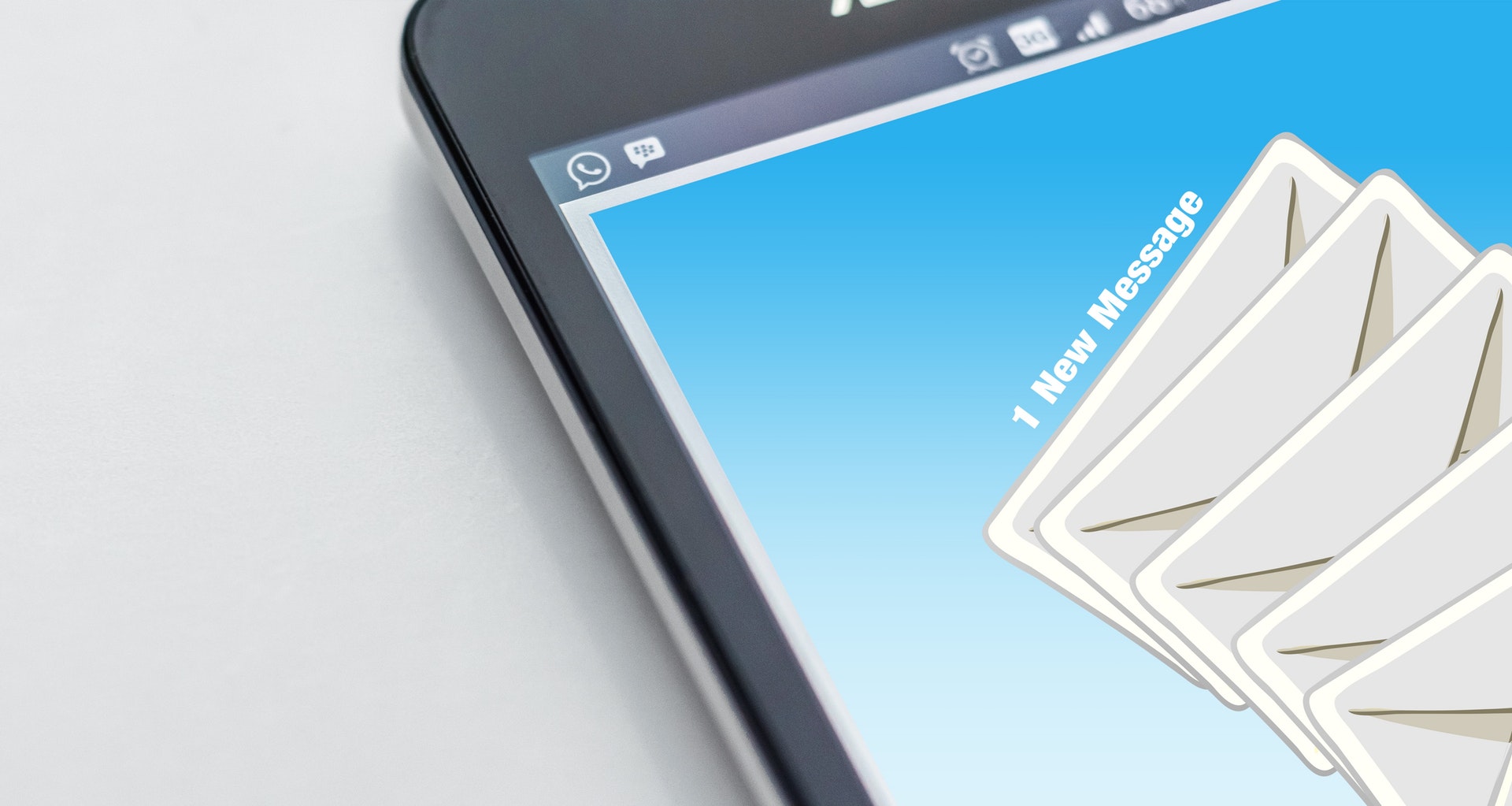E-mail offered the hope of instant communications.
It also offered the advantage of asynchronous communications – the sender and receiver don’t have to be directly connected in real time for communications to occur.
(Of course the tyranny of e-mail is the presumption or expectation that we must answer at 3:00 a.m. )
But the advantages have largely been overshadowed by its shortcomings. E-mail messages ‘deteriorated’ from thoughtful well constructed carefully worded memoranda to quick and casual conversations – almost as if they were written phone calls. E-mail invited snappy output and rapid response. And that’s not all bad.
Except when there is no response. (Check out an earlier blog, What’s up with Radio Silence).
As Marshall McLuhan postulated (even before the invention of e-mail) electronic communications lack ‘media richness’, that is, it lacks personal, human connection; the receiver is less likely to respond to a communication that is less personable. McLuhan’s famous statement, ‘the medium is the message’ means that the sender’s choice of communications channel (high or low richness) transmits meaning beyond the message content, i.e., if I choose a low medium for a complex or ambiguous situation the receiver may, (rightly?), determine that the situation is really not that critical to the sender.
Consider this hierarchy of media richness grid:

Media richness refers to the communication medium’s ‘data carrying capacity’ in terms of human connectivity. Face-to-face communications has the highest media richness because the sender uses high data carrying capacity involving multiple communications channels (verbal and non-verbal, visual aids), the receiver can provide immediate feedback, and the information exchange can be customized to suit the situation. (I noticed you raised an eye-brow just there, so maybe I should try again to explain myself, or draw a picture.)
Real time chat would be lower in media richness and e-mail lower still.
The point of communications is to get your message across and to know that it was received and will be acted upon. So the paradox is, that while e-mail allows you to reach people, singly or multiples, quickly and asynchronously, it lacks non-verbal channels and immediate feedback – or any feedback at all – and so the communication fails. Even with the use of emoljis (emoticons) it is a poor substitute for real human connection.
In fact many people use e-mail instead of face-to-face, or even telephone, in order to avoid intimate communication and the risk of rejection or disappointment – ‘but I sent you an e-mail!’
Awkward lovers are more likely to say ‘I love you’ in an e-mail than face-to-face. (Brash extroverts on the other hand have no filters, no matter what the media!) But if the beloved doesn’t respond, how does that affect the ongoing relationship? Taking a risk in an e-mail may be a bigger risk than imagined.
I coach my career transition clients to hone their telephone manner and constantly encourage them to pick up the phone rather than send an e-mail enquiry or application. But they send the e-mails, and wait, and worry.
The overloaded e-mail recipient may have many reasons for not replying to your e-mail but the lack of response becomes our own personal purgatory for not making that phone call.
I had experience of this recently in trying to promote my new book (The Dynamics of Management) through e-mail blasts. I sent out about 750 e-mails – entirely to people I know, some of whom quite well! I got about 75 responses, and have even sold 20 copies of my book!, so far.(To be fair, at least 2 of those sales occurred after I spoke personally to the buyer. He probably felt badgered into it, but, hey…) Nevertheless this feels a bit underwhelming, if not down-right disappointing. Some of these responses have come 3 weeks after the initial e-mail blast – talk about asynchronous.
But what happened to the other 675 non-respondents? Without feedback it feels quite empty. Did they even get the initial e-mails, or were the intended recipients oblivious, blocked by firewalls. Is my nice enticing e-mail languishing in the recipient’s spam folder, to be auto-emptied after two weeks?! What causes spam triggers anyway? The attachment? The embedded graphics? The fact that the e-mail is part of a bcc string which the receiving server recognizes and blocks? How do I craft my e-mail so as to avoid these screens and barriers? How do I generate more feedback!? Indeed, there is even a certain satisfaction from an ‘out of office’ auto-response. Bizarrely, there is even a neural response to a reply from the server indicating that the address is not recognized or that the in-box is full! How sad.
Because there is no feedback, doubt creeps in: did the recipient in fact get my e-mail but chose not to respond?! But I thought I was a valued and respected professional? Was she merely harried and stressed or was she annoyed with my stupid e-mail: I guess that’s the end of that friendship.
So as an experiment I am going to try an e-mail marketing service which will generate individual e-mails and track whether the e-mail was received, opened or stuck in firewall.
If this experiment fails I should then consider sending 750 simple individual e-mails from my own static ip. Even if it takes three weeks to send them all.
Or I could try phoning!



